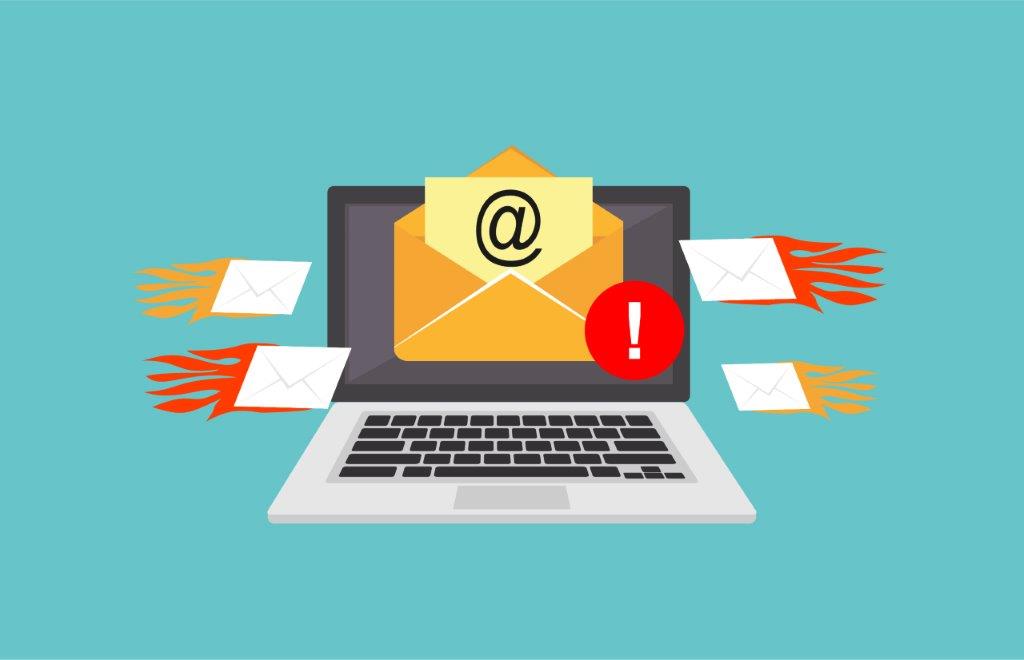
Have you ever opened an email and find its spam (or blackmail) that appears to be coming from your own email address? You’re not the only one. This act is called “Spoofing” and unfortunately, there’s very little that can be done about it.
Why Do Scammers Spoof Email Addresses?
For a couple of reasons. One is in an effort to bypass spam protection services unnoticed. The second is to create a sense of legitimacy. It’s not unusual these days to receive a spoofed email that claims an account has been compromised. That spoofed email showing that you sent it yourself may serve as proof of the “hacker’s” access. They may even include a password that’ similar to one you have used (or a phone number) that they’ve accessed from a breached database as additional proof. In some cases, the scammers claim they have compromising information about you, threatening to release this data if you don’t pay a ransom. While it sounds scary (which is the point of the scam), ignore it and definitely don’t click on any links or respond.
Unfortunately, there’s no way to protect against spammers spoofing your email address. If your email account gives you control of its spam options, you can make them stricter. The problem is that if you do, you could end up losing out on legitimate messages. This means you will need to check your spam box often.
The best way to deal with spoofed email messages is to ignore them. Whatever you do, don’t click on any links or open attachments. Just delete it or mark it as phishing, or spam. If you think your account has been compromised, reset your email account password on all services/platforms that shares the present one, and give each a new, unique password. If you don’t want to remember a lot of different passwords, consider using a password manager.
